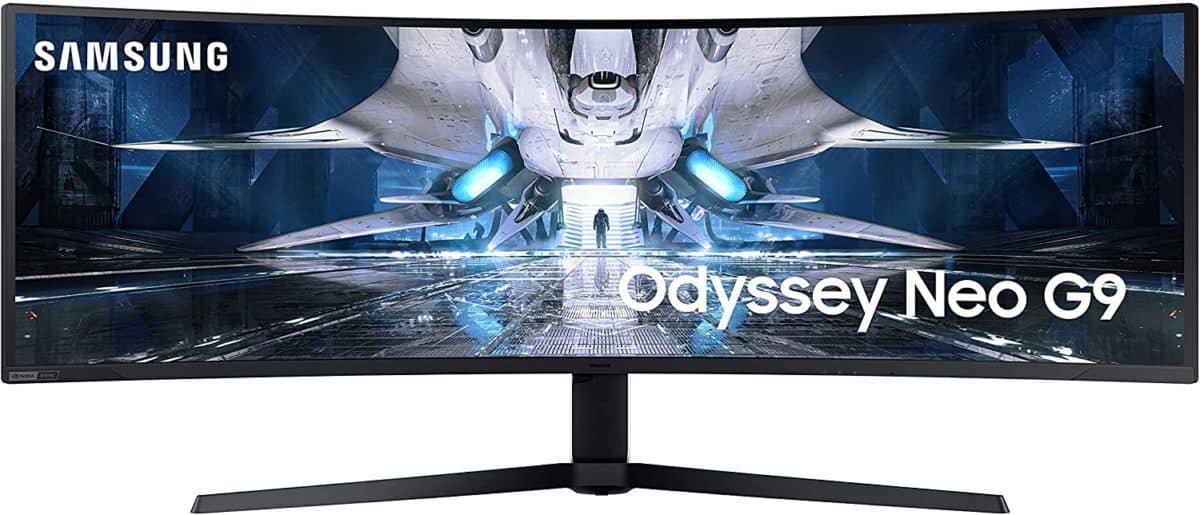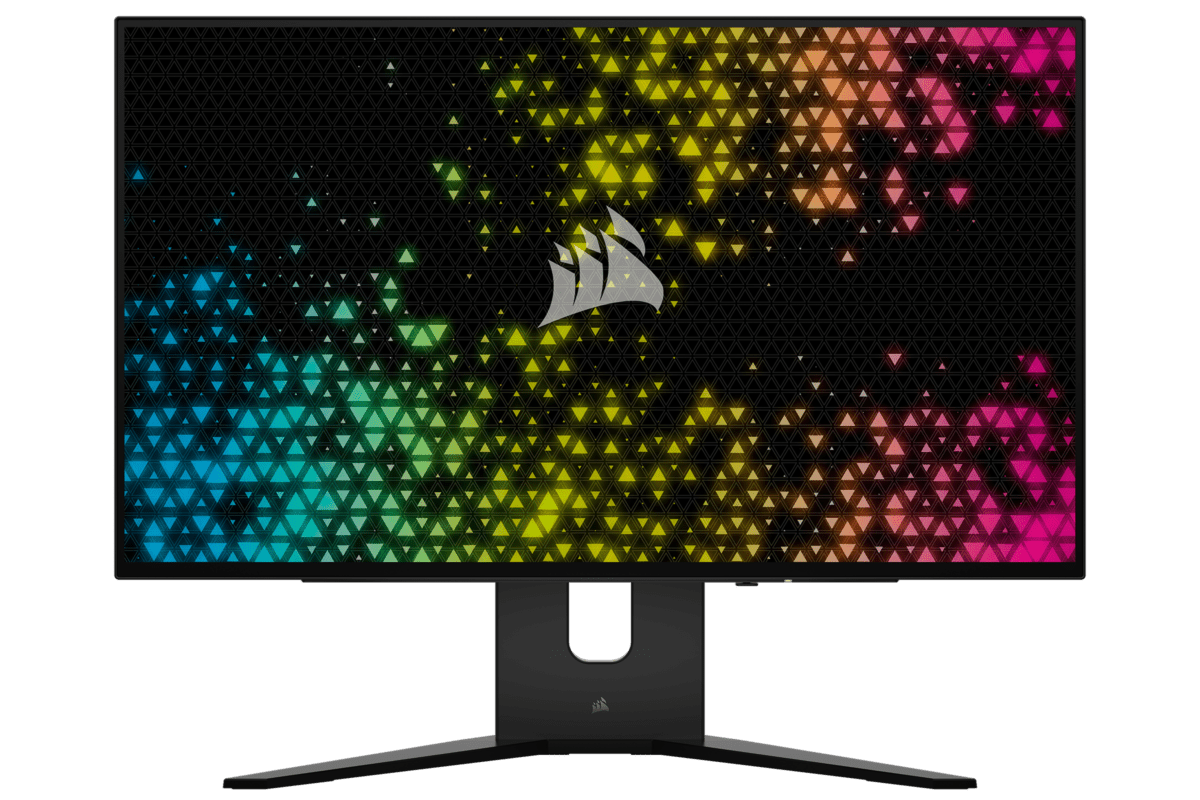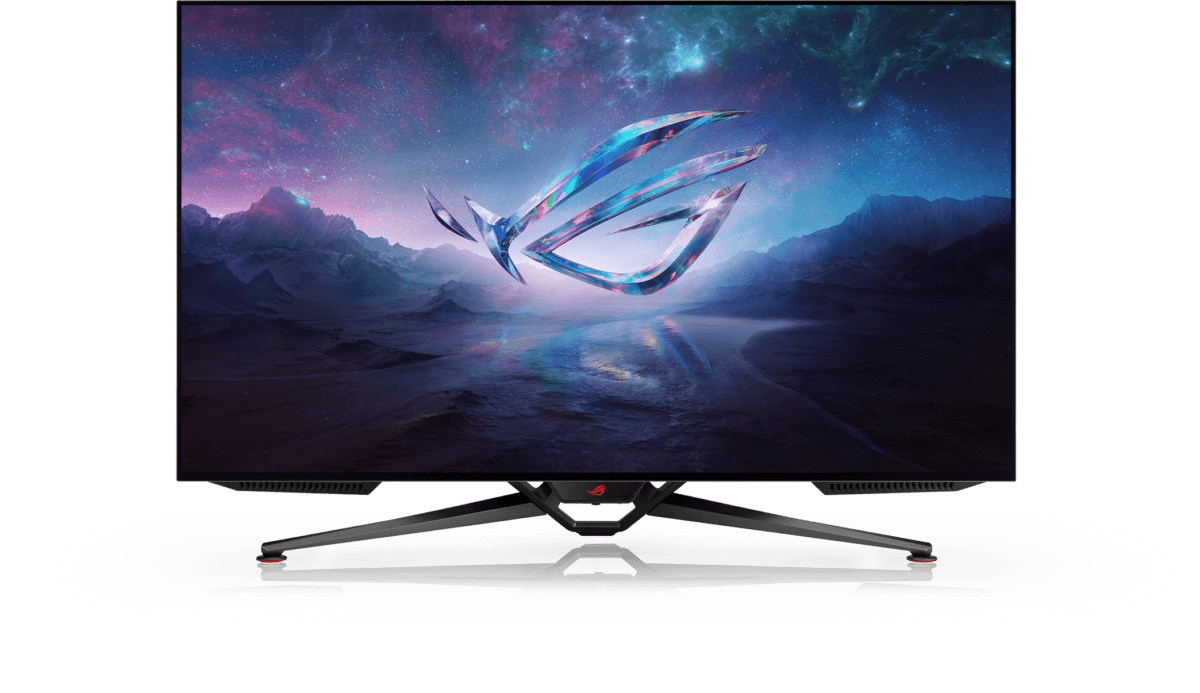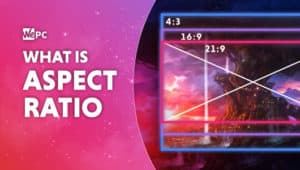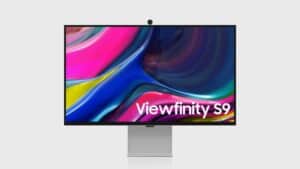What is overdrive on a monitor? Everything you need to know
A deeper look at pixel response time and how overdrive affects it
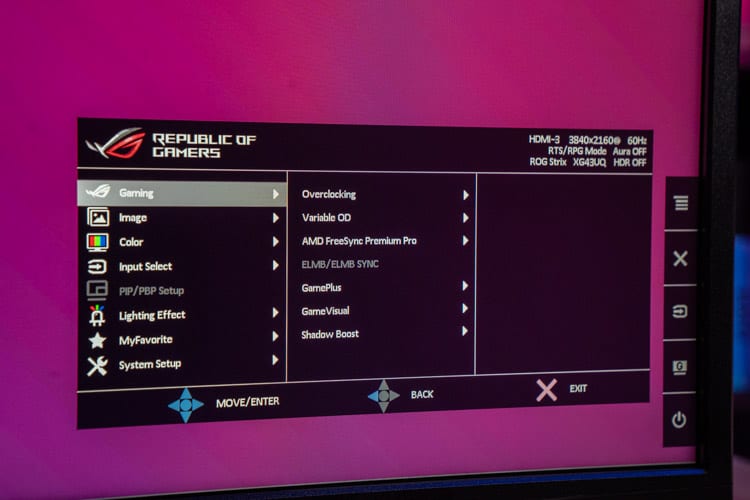
WePC is reader-supported. When you buy through links on our site, we may earn an affiliate commission. Prices subject to change. Learn more
Overdrive is a feature that you’ll see on many modern gaming monitors. Overdrive is an image-boosting technology that effectively accelerates the speed at which your monitor’s pixels can change color – helping to create a more immersive, artifact-free visual experience. While overdrive technology is great for monitors, it can often be overlooked due to the technical nature of its operation. While that may be the case, understanding what overdrive is on a monitor and how it affects your overall gaming experience are two things you should definitely consider when choosing a new display.
We’ve got a ton of experience in the monitor-tech space and are here to shed a little light on the response-driving technology. We’ll be explaining what it does, how it affects price, when to use it, and some of the proprietary versions developed by manufacturers.
What is overdrive?
As we’ve already eluded to, overdrive is a technical feature of a monitor that allows it to effectively increase the speed at which the pixels change color – often using the GTG scale.
The speed at which pixels change color is referred to as response time. It’s one of the monitor’s best selling points and one that is hugely impactful to the visual/gaming experience you receive.
The issue with response time is, monitor manufacturers won’t always give a true measurement of a monitor’s response time. Instead, they will publish the ‘best case scenario’ in order to make the monitor look more powerful. These ‘best case scenario’ specifications are often under the influence of overdrive.
Check our G-sync vs G-sync compatible guide here.
Monitor overdrive: Pros and cons
So far, we’ve only touched upon how overdrive affects your monitor’s pixel performance. Despite overdrive sounding like a win-win technology, it’s worth mentioning some of the negative points that can arise with its usage.
Below are the main features, benefits, and drawbacks of overdrive in a monitor:
- Increases the pixel response time
- Reduces smearing, blurring, ghosting
- Helps to produce a more life-like color reproduction
- Better for competitive gaming
- Adds a cost premium to the display
- Can often introduce overshoot / inverse ghosting
Despite overdrive introducing a few artifacts, the pros far outweigh the cons. Having said that, if you don’t optimize a monitor’s overdrive setting, you’ll often find the visual performance incredibly poor – as we’ll explain shortly.
Why does fast response time matter?
At this stage, you’re probably wondering why monitor response times matter?
As we mentioned above, a monitor’s response time refers to how quickly the pixels can transition between colors – using the GTG scale. For gaming, response time is hugely important as games often feature fast-moving images that can be subject to visual artifacts if played on a monitor displaying slow pixel transitions.

Visual artifacts introduced off the back of slow pixel response time are smearing, ghosting, and trailing. All are effectively the same thing, depicted by smeary trails behind the image – as displayed above.
The faster your monitor’s response time, the less likely you are to experience these artifacts. One way manufacturers can increase the pixel response time is to introduce the overdrive feature – allowing the monitor to increase voltage and drive the pixels quicker.
As a general rule, the following response times are expected:
| Display type | Response time |
|---|---|
| Esports-grade gaming monitor | 0.5-1ms |
| Generic 16:9 gaming monitor | 1-4ms |
| Curved gaming monitor | 1-5ms |
| Ultrawide gaming monitor | 1-5ms |
| Super ultrawide gaming monitor | 1-8ms |
| Gaming TV | 5ms |
| OLED gaming TV | Instantaneous |
Where is overdrive found on a monitor?
Overdrive is a feature that is found in your monitor’s OSD (on-screen display).
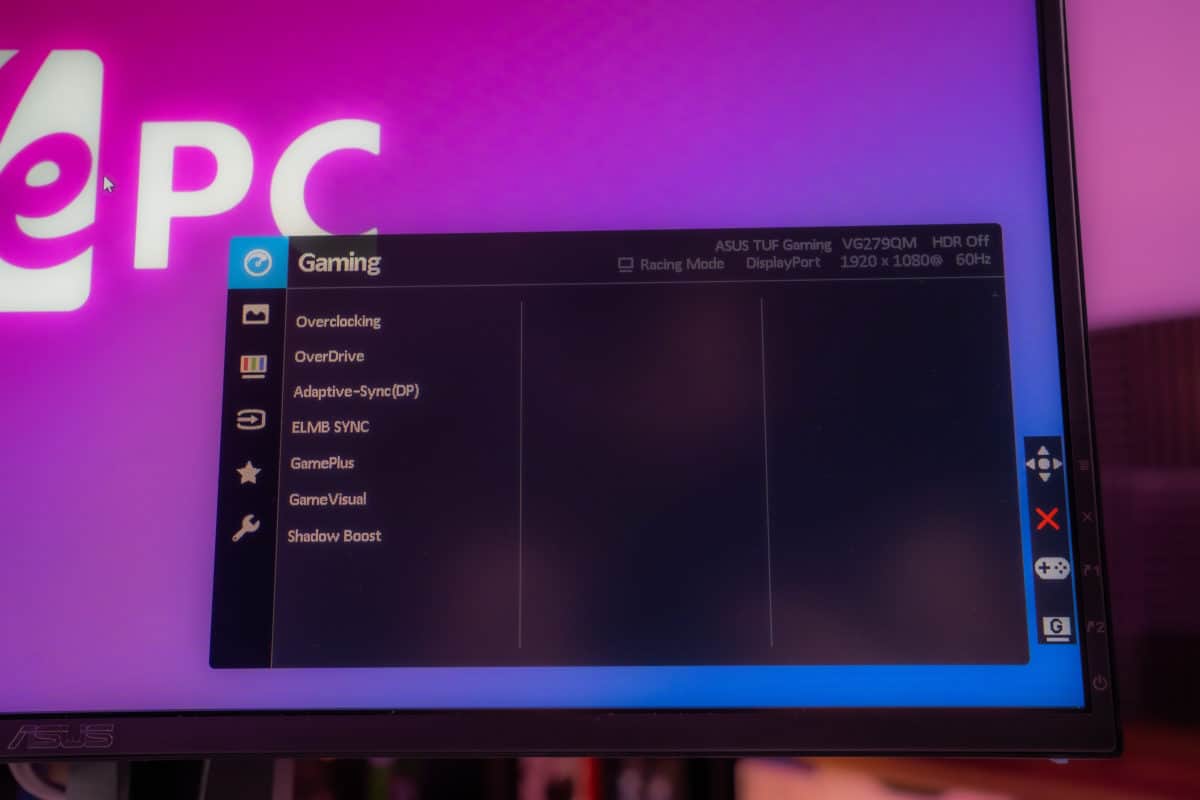
When navigating your monitor’s menu, you’ll often see a ‘performance’ or ‘gaming’ section that houses features such as overdrive, overclocking, game modes, and more.
Depending on what monitor brand you own, overdrive may be labeled as something different – with some manufacturers opting for a unique naming structure. Overdrive can be labeled under the following names:
- TraceFree
- Overdrive
- OD
- Response time
- Rampage Response
Regardless of the naming structure, all overdrive features act the same way – boost pixel response time.
Is higher overdrive better?
One of the big questions (and misconceptions) we get regarding overdrive is; is higher overdrive better? And the answer is, not really.
While higher levels of overdrive are advantageous from a pixel response time standpoint, they often come laced with a plethora of annoying screen artifacts such as overshoot. When it comes to monitors that don’t feature dynamic overdrive (the ability to dynamically change overdrive), you find what setting works best for your needs.
I always test each of the overdrive settings to see which one offers the best balance between image quality and responsiveness. I do this by either loading a fast-paced shooter or BlurBusters UFO pursuit camera test and see how each overdrive setting affects the test.
BlurBusters UFO Pursuit camera test:
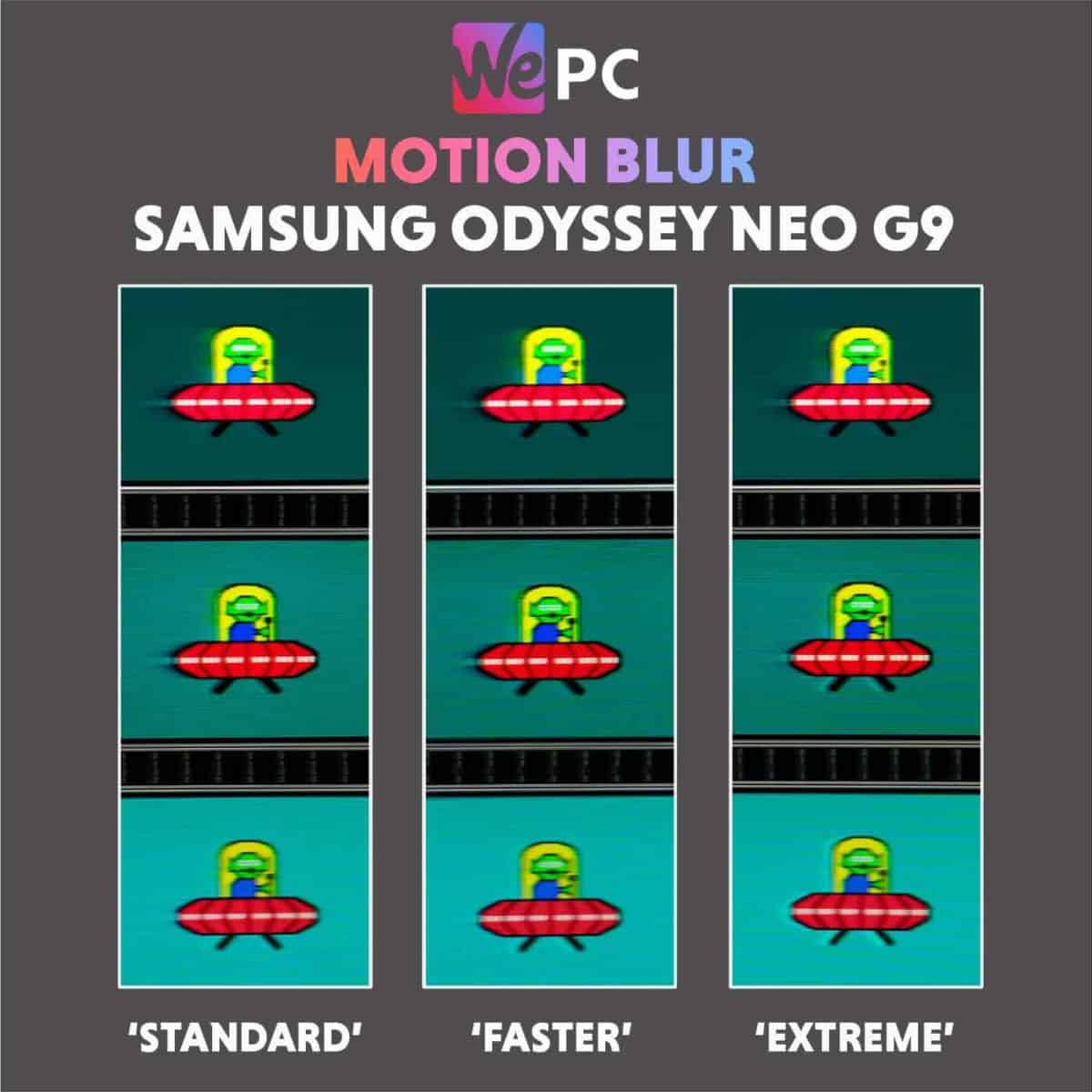
As you can see from the image above, which was taken during our Samsung Neo G9 review, there are clear differences when changing the overdrive settings of your panel.
For that particular monitor, three settings were available – Standard, Faster, and Extreme. As you go up the theoretical overdrive ladder, you can see how smearing is slowly replaced by overshoot.
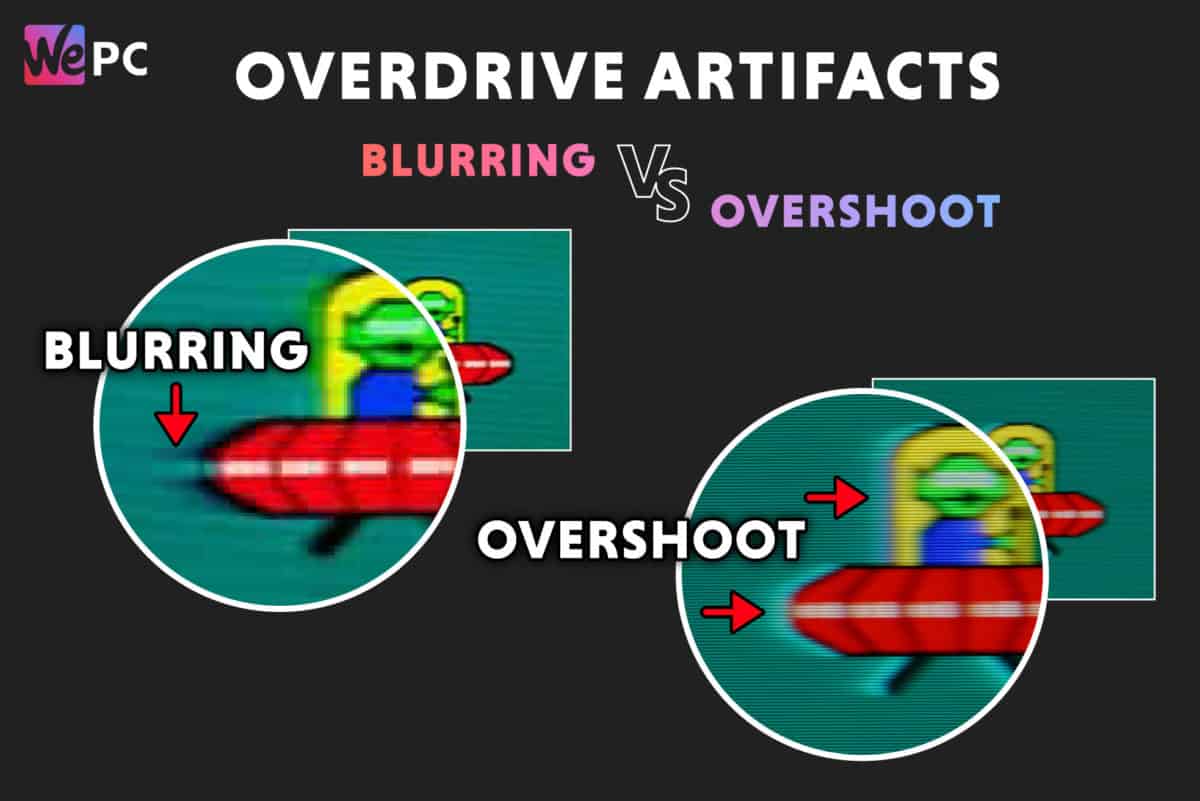
Finding the right overdrive settings for your monitor often comes down to the content you’re viewing and the refresh rate you plan to use.
Check our comprehensive 60hz vs 120hz vs 144hz vs 240hz guide.
What is overshoot?
Overshoot is a visual artifact that is introduced when overdrive is used in a modern LCD monitor. Overshoot looks similar to blurring or ghosting, only the trail is often white – looking more like a highlight than a smear.
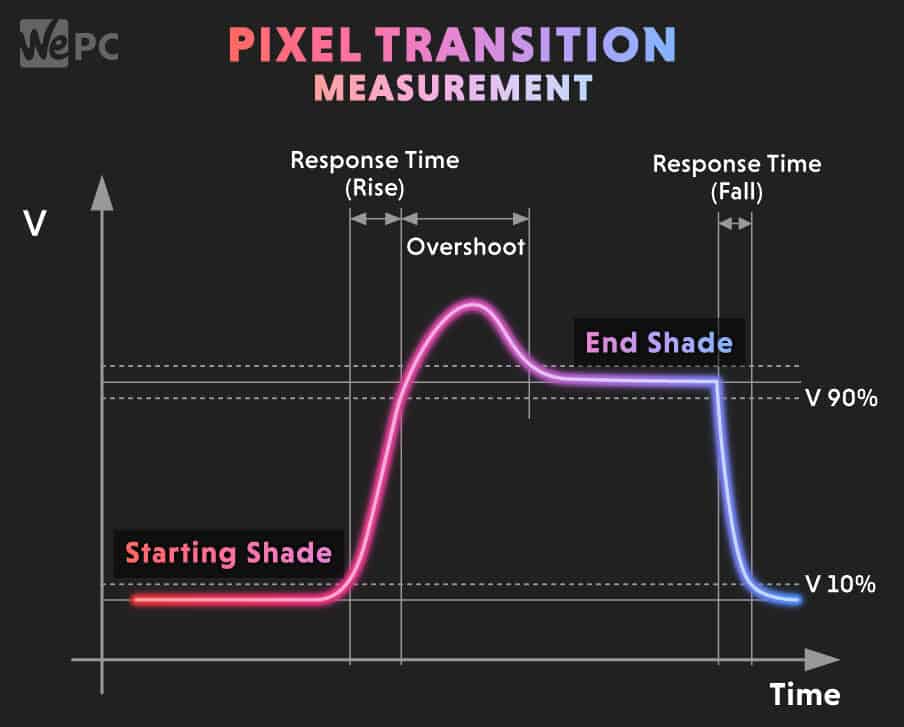
As you can see from the graphic above, the additional voltage pushed through the panel results in the pixel ‘overshooting’ the end shade (or color). This is what you can see in the ‘Extreme’ overdrive setting above, where a white highlight is visually obvious.
Should I use overdrive?
Well, that all comes down to the quality it provides to any specific monitor. While rare, some overdrive settings start off so harsh that overshoot is apparent even in its lowest form.
That said, as the technology behind overdrive evolves, visual artifacts are becoming much less obvious. In these monitors, we’d definitely recommend utilizing the overdrive feature. Not only will it boost your visual experience but it’ll also give you a competitive edge when playing esports titles where every ms of response counts.
What is overdrive on a monitor? FAQs
Does every monitor have overdrive?
Monitor overdrive is a common feature on modern gaming monitors, so it’s something you’ll find on the majority of displays which are designed for gaming – so pretty much anything with a low response time or high refresh rate.
Does overdrive affect refresh rate?
Overdrive is directly linked to response time, not refresh rate. However, overdrive is best used on high refresh rate monitors to optimize your gaming experience.


